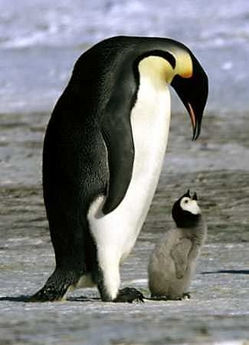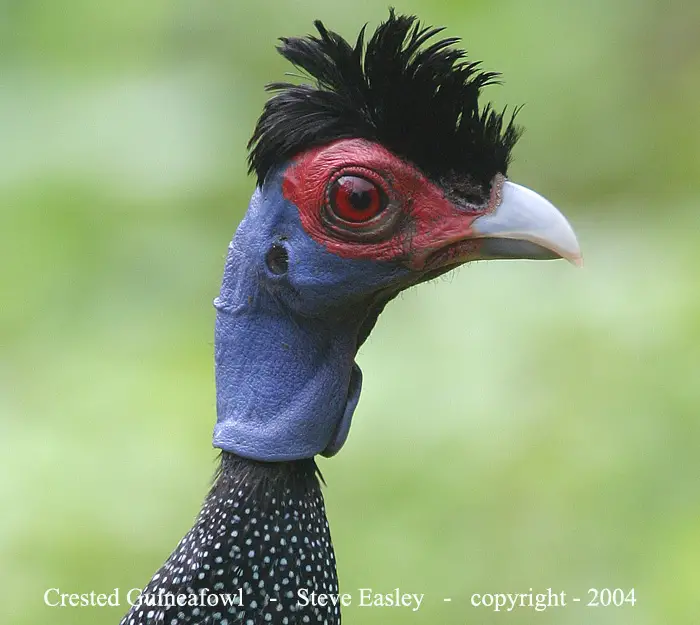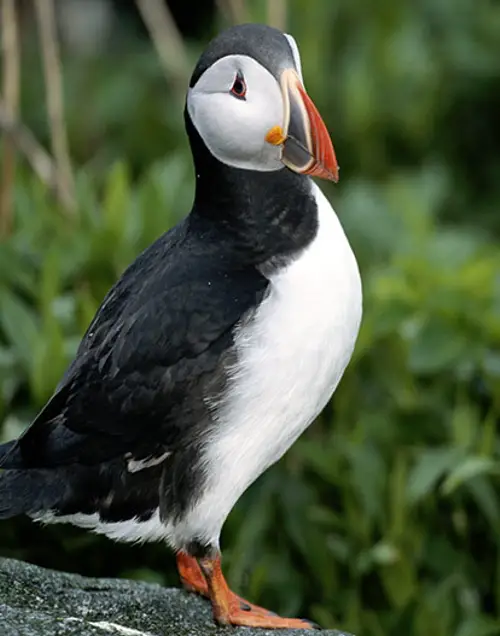Argus Pheasant
Native to Sumatra and Malaya, the Argus Pheasant enjoys wild regions about 4000 feet above sea level where it eats fruit, grain, and various bugs. Currently they are not listed on the endangered species, but are considered vulnerable since their numbers are currently declining.
The Argus pheasant has two subspecies, one the Malaysian and the other Bornean, both of which are named for their native regions. Its considered a rather quirky bird, with very unique secondary and primary tail feathers. For markings, expect a brown top side, a blue face, and a black head. As with many bird species, males are larger and far more ornate than the females. This boy grows to be up to 36″ in length with a wingspan of 3.5 feet!

Argus Pheasant
Some people in native regions raise these birds, enjoying their gentle nature. Feeding them in a domestic setting isn’t difficult since they like what most turkey’s enjoy along with raisins, oranges, and nuts. In Borneo, people who grow the birds may sell the wings and feathers for various cultural decorations.
When its time to mate, males build a special area where he can stand and call a desired female. Here he will circle the female and flap his wings until permission seems granted to mate. When the birds nest, they lay 3-4 eggs and it takes about 25 days for them to hatch.
Males and females participate in hatching and feeding, and the family as a whole seems to stay as a unit. Outside this unit, the birds do not appear interested in socializing.
White spots are sometimes present below the eyes, and there may be white markings on the legs and back . The horns of the cows are very small. The Argus received their name because of the series of “eye” spots throughout the secondary tail feathers. Argus was a Greek mythological figure, who had a hundred eyes.


